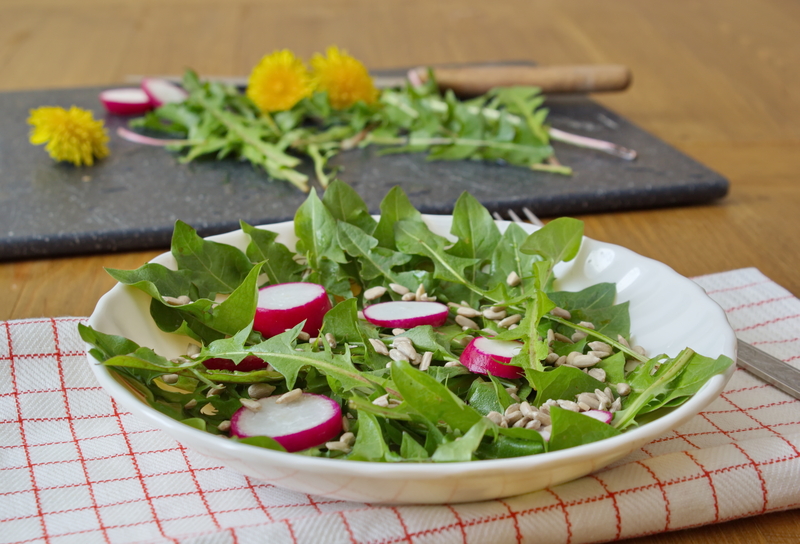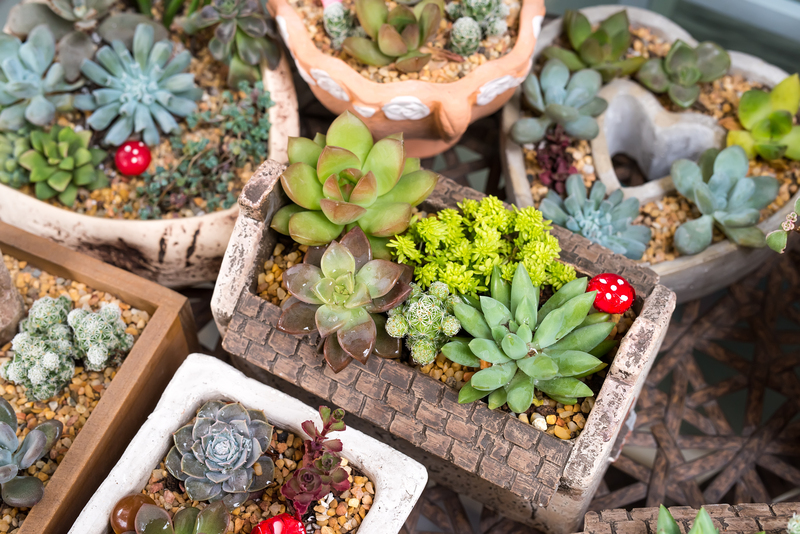Keep Your Yard Green All Summer with Proven Drought Avoidance Tips
Summer's searing heat can take a toll on even the most meticulously maintained lawns. Yet, with the right strategies, you can keep your yard green all summer and withstand drought conditions effectively. This comprehensive guide unveils expert-proven drought avoidance tips specially tailored for homeowners who want a lush, vibrant yard throughout the hottest months of the year.

Understanding Lawn Drought Stress
To successfully maintain a green lawn during drought, it's crucial to recognize what drought stress looks like and why it happens. Drought stress occurs when water supply is insufficient to support basic grass functions. You'll see it as:
- Browning or yellowing blades
- Slow grass growth or dormancy
- Soil hardening and cracking
- Visible footprints or mower tracks that don't spring back
Understanding these early signs helps you act quickly with essential drought avoidance strategies before your lawn suffers long-term damage.
Watering Wisely: The Foundation of Drought Avoidance
Best Watering Practices for a Green Lawn
Smart watering is more than simply using an irrigation system. Follow these proven techniques for encouraging deep root growth and less water loss:
- Water early in the morning--preferably between 4 a.m. and 8 a.m.--to limit evaporation and fungal disease risk.
- Deep, infrequent watering trains grass to grow roots deeper into the soil, making it more drought-tolerant.
- Avoid light, frequent watering that encourages shallow roots and makes your grass more susceptible to drought.
- Apply about 1 inch of water per week, including rainfall. Use a rain gauge or empty tuna can to measure water output.
- Set up efficient irrigation systems such as soaker hoses or drip irrigation to minimize waste.
Signs of Overwatering and Underwatering
Proper hydration is a key element in summer yard drought avoidance. Pay attention to these signs of improper watering:
- Signs of Overwatering:
- Wilting blades
- Mushrooms or fungal growth
- Yellowing grass
- Signs of Underwatering:
- Bluish-gray color
- Footprints or tracks remain visible
- Brittle, dry grass blades
Mowing for Drought Resistance
How Mowing Height Affects Lawn Health
A simple yet underappreciated tip for drought-resistant yards is adjusting your mowing technique. Here's why:
- Set mower blades higher (3-4 inches): Taller grass shades roots and soil, reducing moisture loss and promoting deeper root systems.
- Never cut more than 1/3 of the blade height at a time: Sudden, severe cuts shock grass and make it vulnerable to drought stress.
- Leave grass clippings on the lawn: This natural mulch returns moisture and nutrients to the soil, helping to keep your lawn green during drought.
Regular--but not excessive--mowing with sharp blades reduces water stress and encourages uniform lawn growth.
Soil Management for Maximum Water Retention
Improve Lawn Soil for Drought Tolerance
Your grass can only be as resilient as the soil beneath it. Smart soil management is essential for summer drought yard survival:
- Aerate your lawn once or twice a year to prevent soil compaction. This allows water and nutrients to reach roots more easily.
- Topdress with organic compost to boost soil structure, water retention, and provide slow-release nutrients.
- Add a layer of fine mulch around trees and flower beds to regulate soil temperature and further retain moisture.
- Use soil conditioners like gypsum to improve drainage in clay-rich lawns or moisture retention in sandy soils.
Test your soil regularly for pH and fertility; this ensures your lawn isn't suffering from hidden nutrient issues that can compound drought stress.
Drought-Resistant Grass and Plant Selection
Choose Hardy Grass Varieties for Summer Survivability
Selecting the right grass is the cornerstone of a drought-tolerant green lawn. Here are some of the best choices for American homeowners:
- Bermuda grass--Exceptional drought tolerance and love for hot, sunny yards
- Zoysia grass--Dense, wear-resistant, and uses less water than most cool-season grasses
- Buffalograss--Native prairie grass with remarkable drought resistance, perfect for low-maintenance yards
- Fescue blends (tall or fine)--Cool-season grasses that require less water than Kentucky bluegrass
Pro Tip: Overseed or reseed with drought-adapted varieties in the spring and fall for a more resilient summer lawn.
Use Native and Drought-Resistant Plants in Landscaping
Expand your yard's drought resistance by integrating native shrubs, perennials, and groundcovers. Consider:
- Lavender
- Russian Sage
- Black-eyed Susan
- Yarrow
- Sedum and other succulents
Mulching: Your Secret Weapon Against Summer Heat
Benefits of Mulching for Drought Avoidance
Applying mulch is one of the simplest yet most effective methods to preserve moisture and arm your yard against drought:
- Reduces evaporation, helping soil stay moist for longer
- Regulates soil temperature, keeping roots cool on scorching days
- Suppresses weed growth, reducing competition for water
- Enhances soil structure and nutrient content as it decomposes
Use organic mulches like shredded bark, wood chips, pine needles, or grass clippings, and maintain a layer 2-3 inches deep for optimum drought protection.
Fertilizing for Healthy, Drought-Resistant Lawns
How Proper Fertilization Supports Summer Lawn Health
Applying the right type and amount of fertilizer can give your grass the strength it needs to survive summer heat:
- Apply slow-release, balanced fertilizers in early spring or late fall to avoid stressing your lawn in summer
- Avoid high-nitrogen fertilizers in peak heat, which can spur rapid, thirsty growth and increase drought risk
- Use natural, organic fertilizers that promote soil health and moisture retention
Remember: Healthy, well-fed grass is better equipped to cope with drought and heat stress.
Smart Landscaping Techniques to Prevent Drought Damage
Landscape Design for Water Conservation
Transform your yard with water-wise landscaping techniques designed for drought-prone regions:
- Create zones by watering needs--group plants with similar moisture requirements together
- Install rain gardens or swales to capture and utilize runoff efficiently
- Use hardscape features such as stones, gravel, or pavers to reduce grass area without sacrificing beauty
- Limit high-maintenance, thirsty turf areas and replace them with native groundcovers or mulch beds
Yard Care Habits That Save Water
Reduce Water Waste with These Clever Tips
Embrace these simple habits to keep your lawn green during drought while conserving precious resources:
- Regularly check and adjust sprinklers to avoid watering sidewalks or driveways
- Catch rainwater in barrels and use it for gardens and beds
- Weed regularly--weeds steal moisture from your grass and plants
- Apply wetting agents or soil surfactants to help water penetrate compacted soil
A water-wise routine is the backbone of any green yard drought plan.
When to Consider Letting Your Lawn Go Dormant
Lawn Dormancy: Nature's Built-in Drought Survival Mechanism
If local restrictions or extreme drought make it impossible to maintain a green yard throughout the summer, it's perfectly natural to allow your grass to go dormant. Most turfgrasses survive extended drought by turning brown and conserving energy until conditions improve.
Tips for lawn dormancy success:
- Water occasionally (about 1/4 inch every 2-3 weeks) if allowed, just to preserve root health
- Avoid heavy traffic and mowing dormant turf
- Refrain from fertilizing dormant lawns until recovery begins with cooler, wetter weather
Lawn dormancy isn't defeat--it's a proven natural response, after which grass usually bounces back quickly with fall rain.

Troubleshooting Common Drought Lawn Issues
Dealing with Patchy, Thinning Grass
- Identify high-stress areas and prioritize them for deep watering and soil improvement
- Overseed thin patches with drought-tolerant grass seed once the weather cools
- Repair soil compaction with core aeration to promote root regrowth and increase drought resilience
Pest and Disease Prevention During Drought
- Monitor stressed lawns for insect infestations and treat with eco-friendly products as needed
- Reduce fungal risk by watering early in the day and clearing away excessive thatch
- Encourage beneficial insects and birds to your yard to help keep pests in check
Key Takeaways: Keep Your Yard Green All Summer and Beat Drought
- Water deeply, early, and efficiently to build drought-tolerant roots
- Raise mowing height and leave clippings for natural mulch
- Champion healthy soil with aeration, compost, and regular testing
- Choose drought-resistant grasses and native plants for effortless summer beauty
- Practice smart landscaping and reduce turf where practical
- Be proactive with mulch, weed control, and responsible fertilization
- Allow dormancy if necessary and restore lawns in cooler seasons
With these expert, proven drought avoidance tips, you can keep your yard green all summer long--even during the harshest heat waves!
Ready to transform your yard into a resilient, water-wise oasis? Start with these practical strategies and enjoy a vibrant, inviting outdoor space all season!